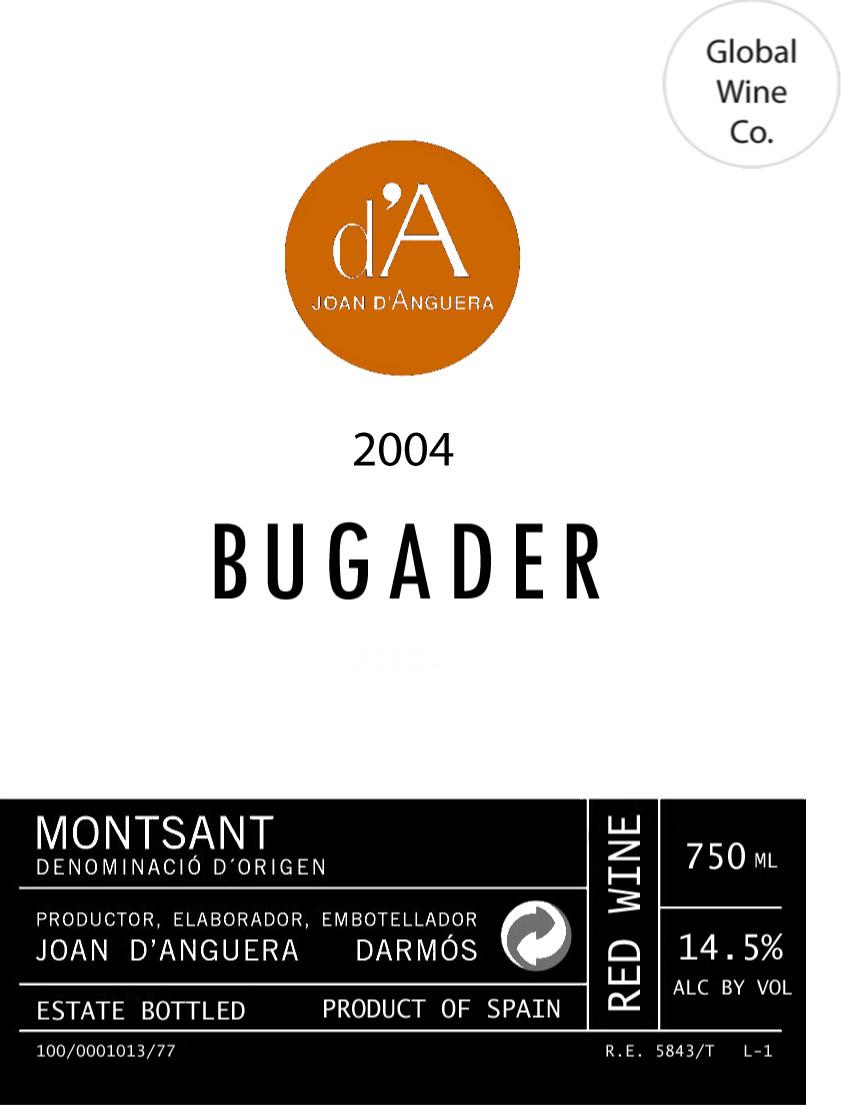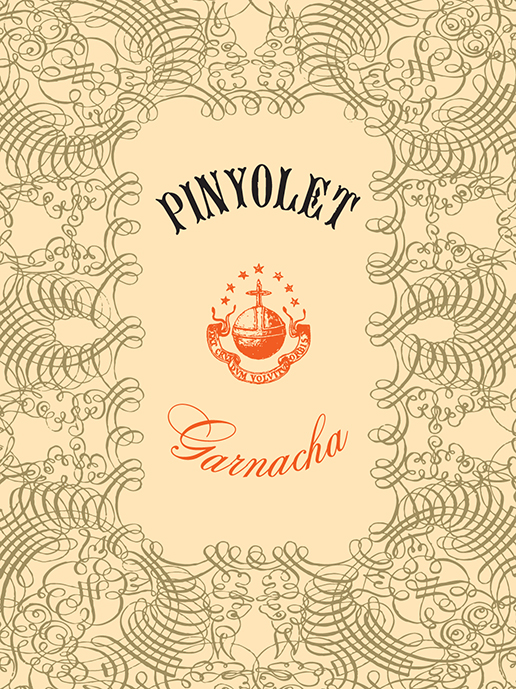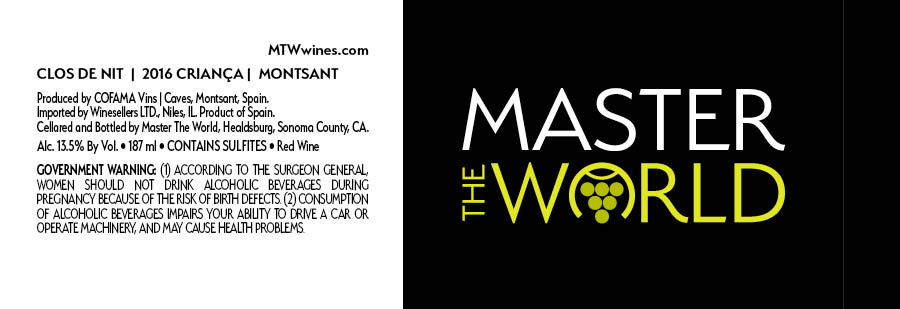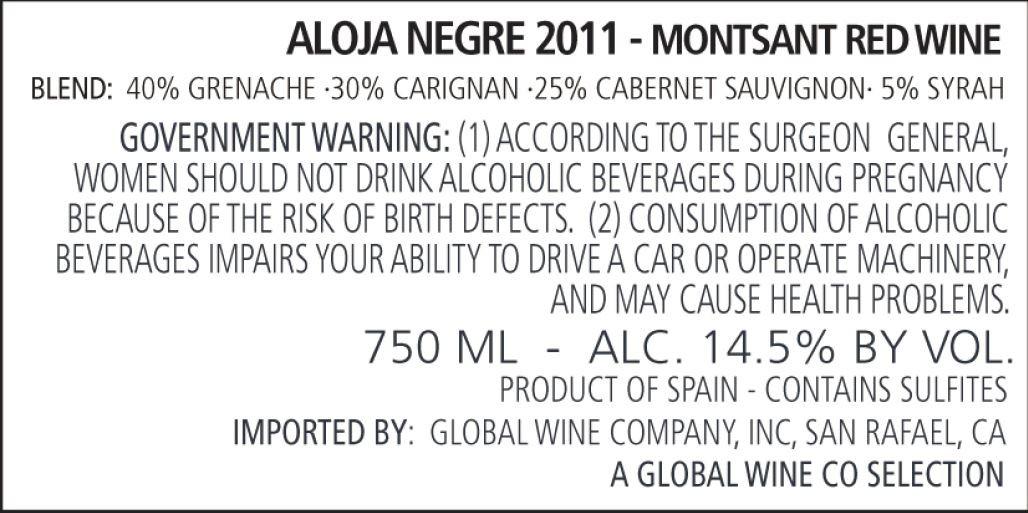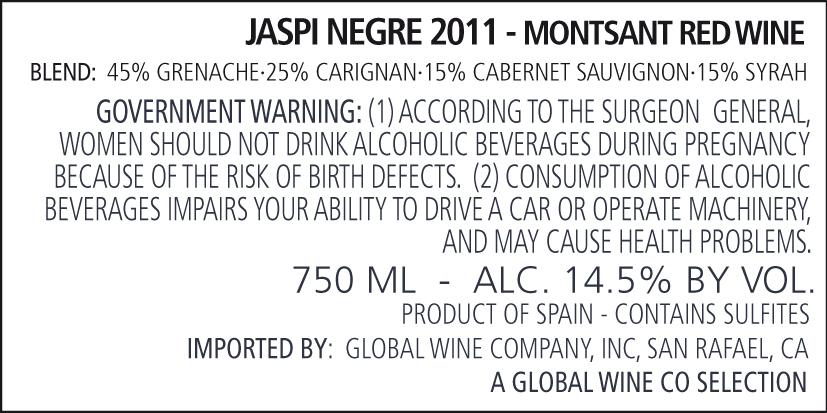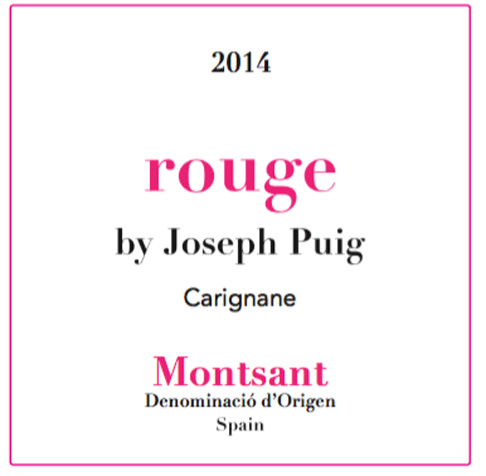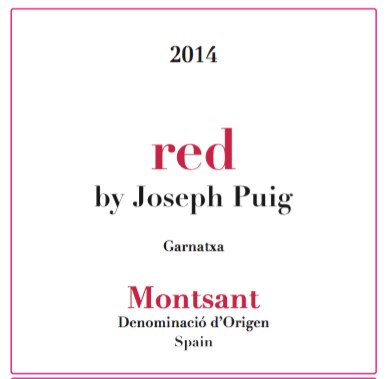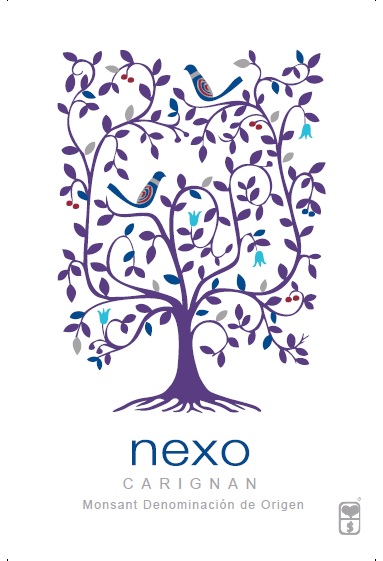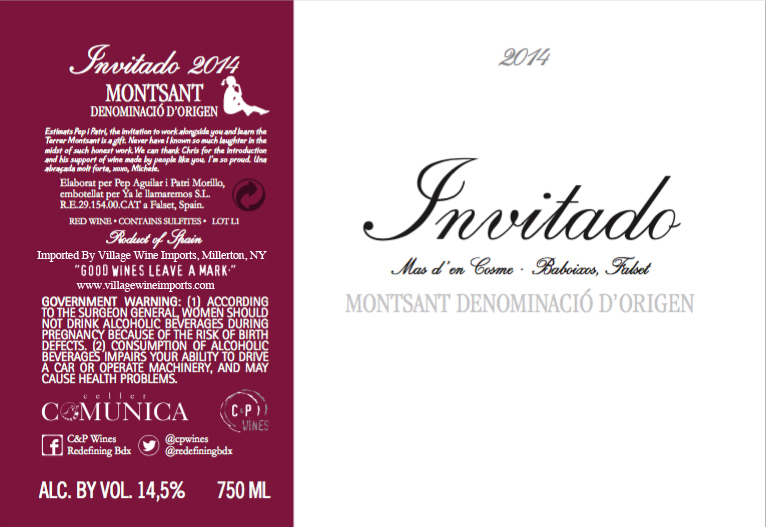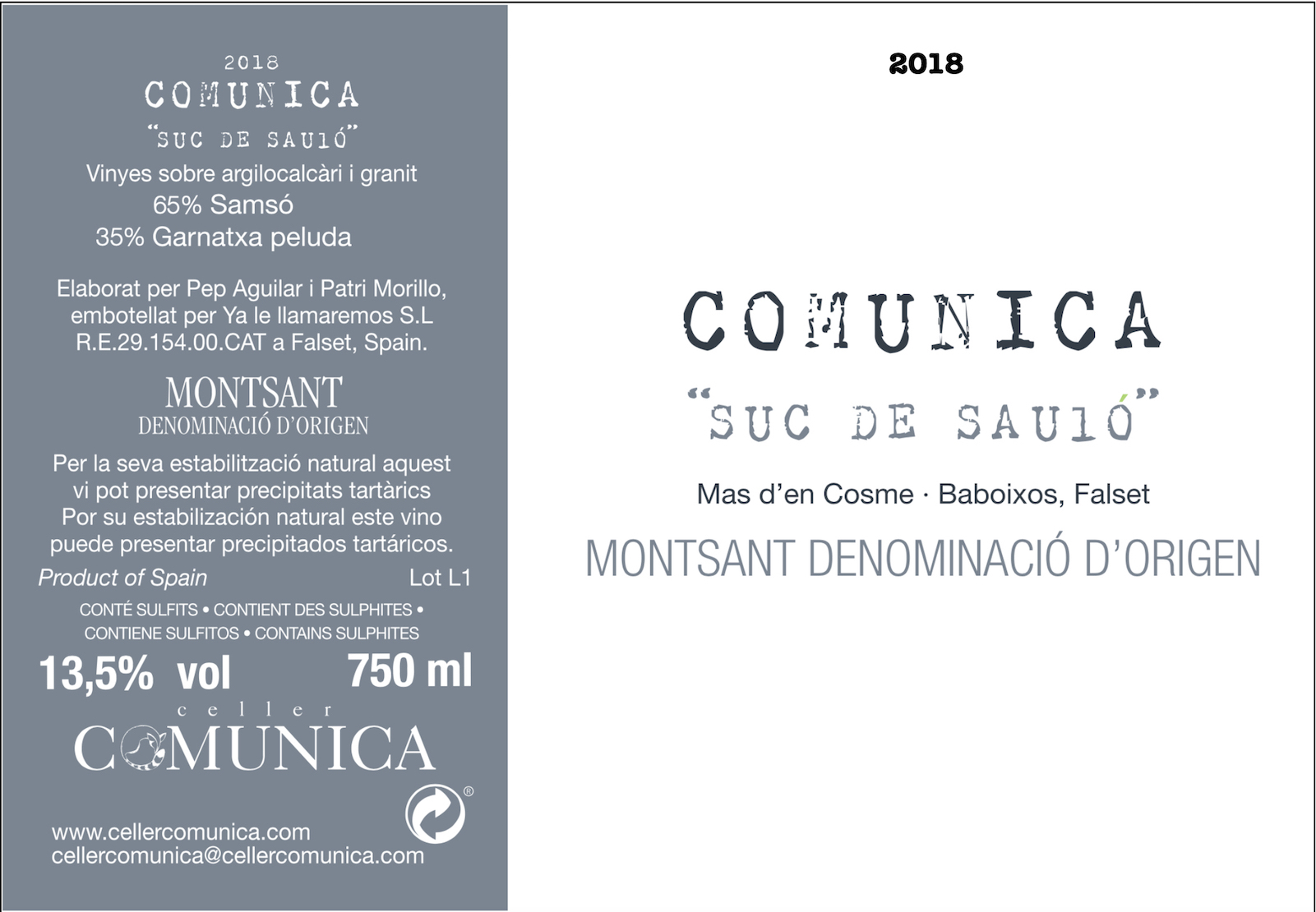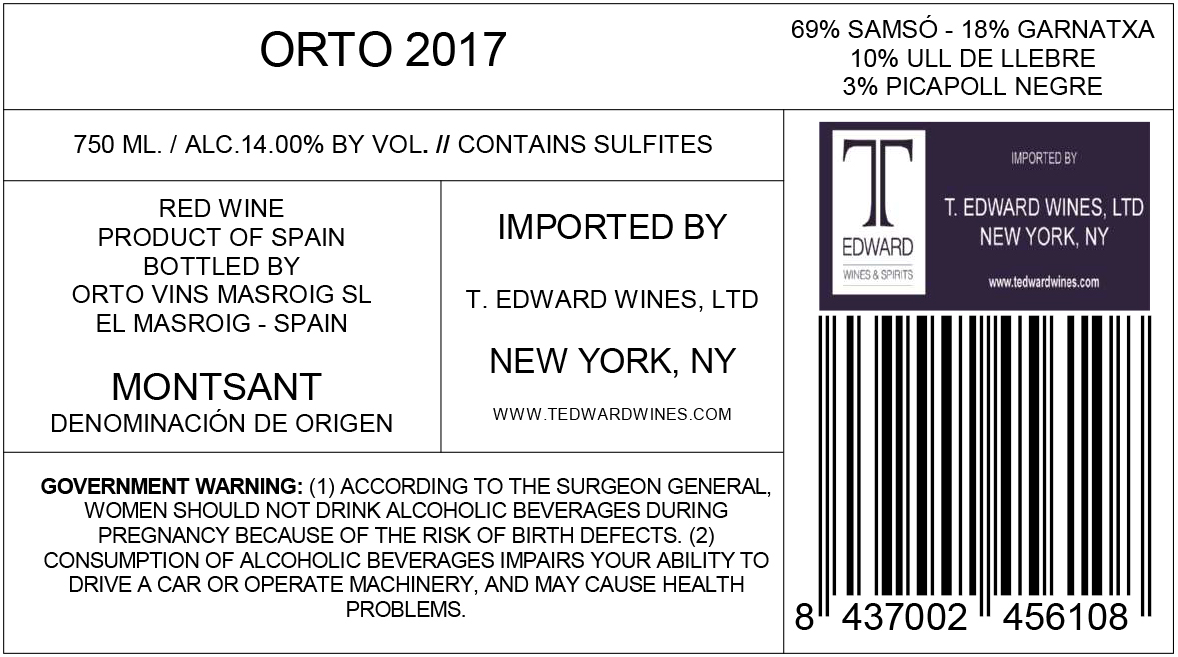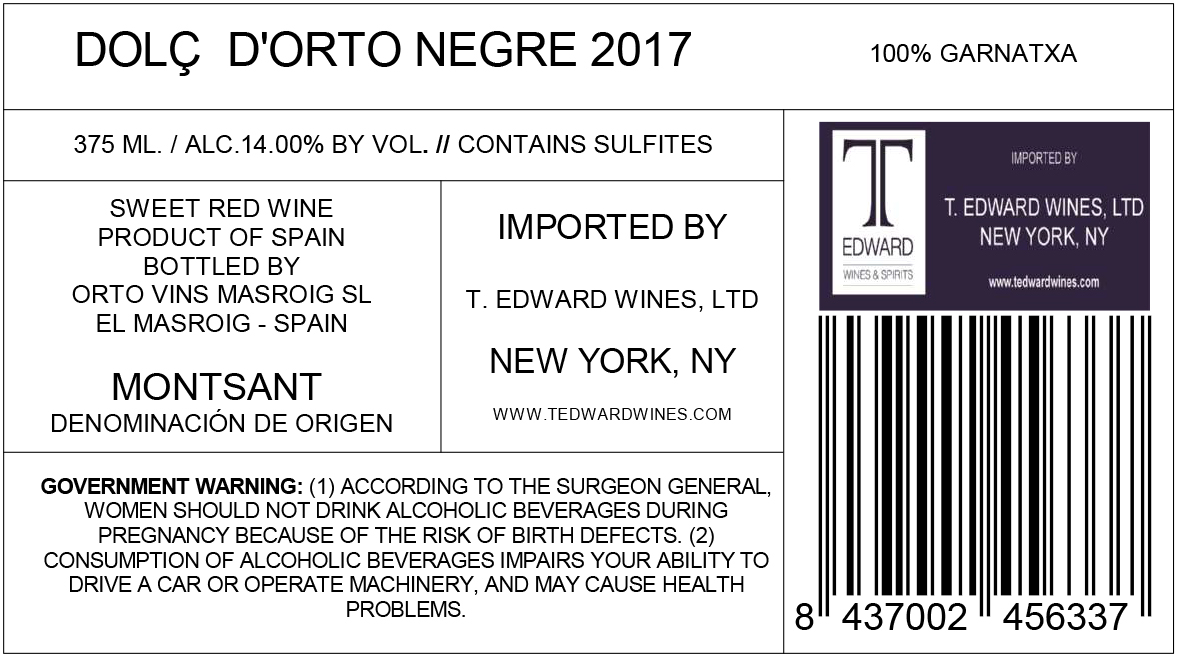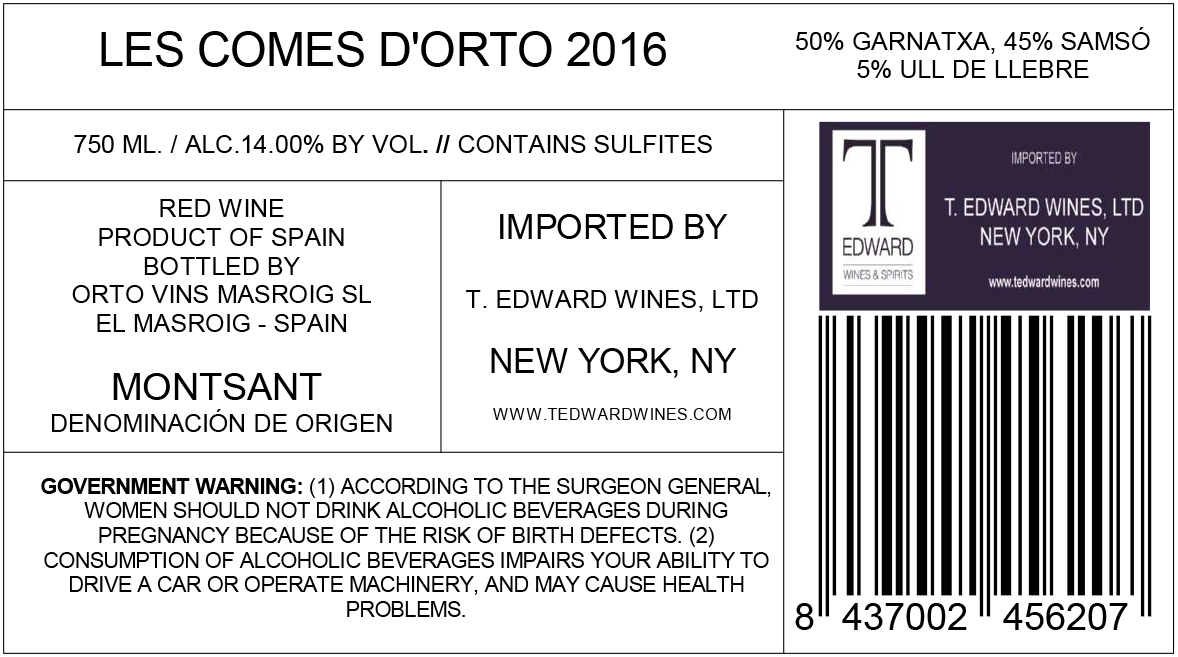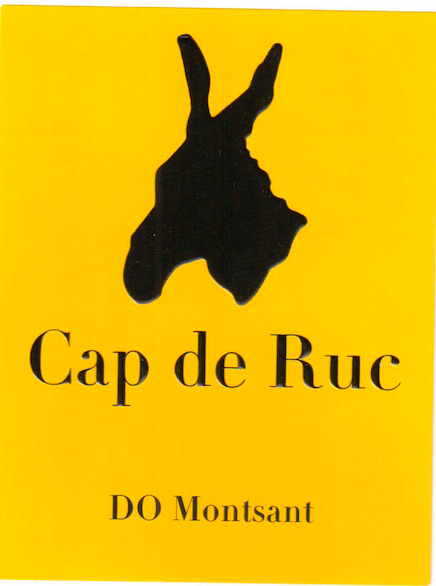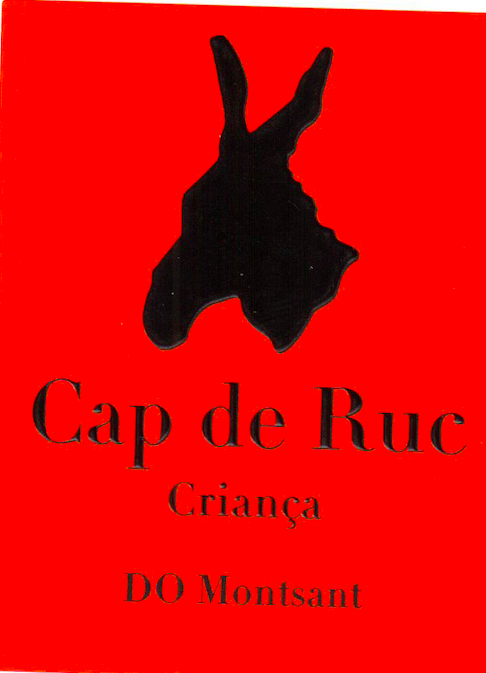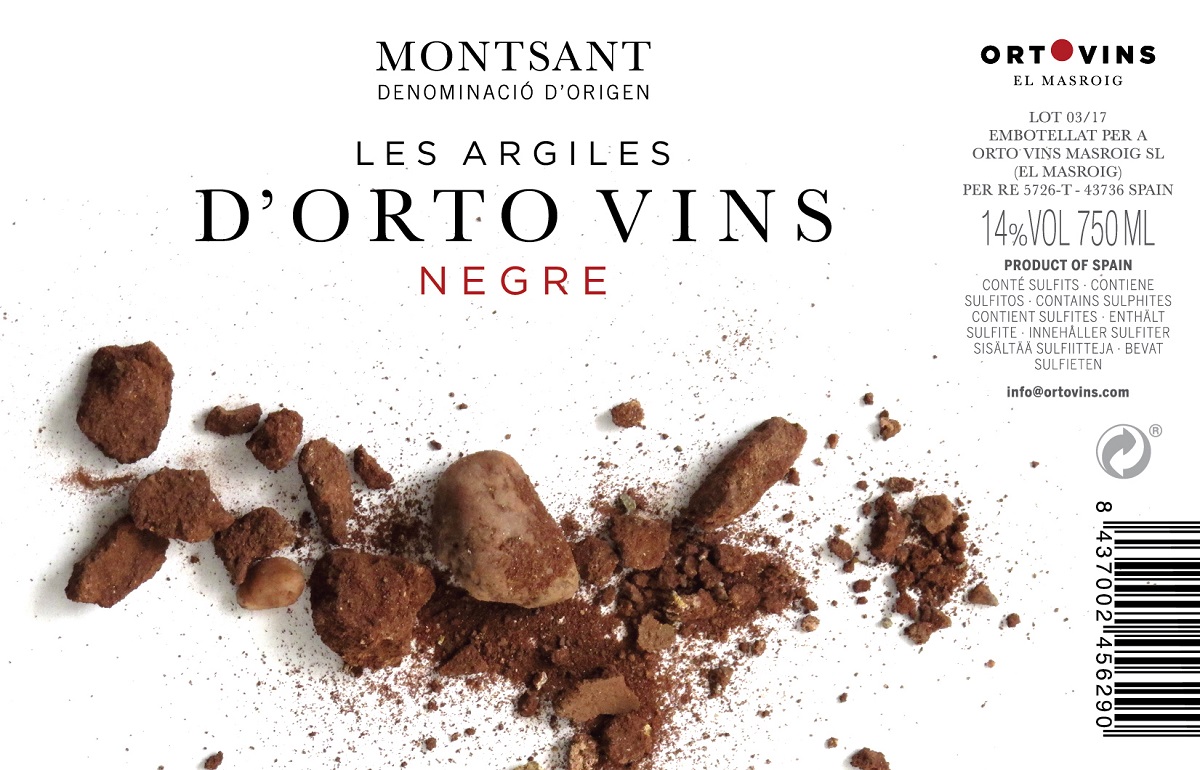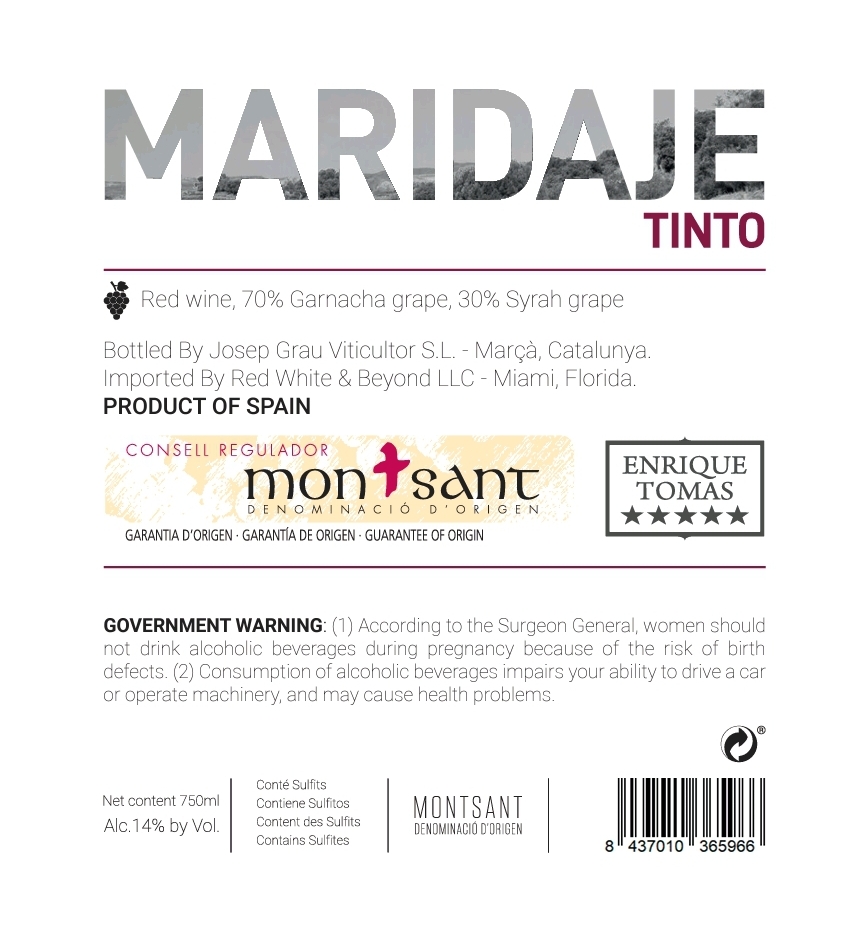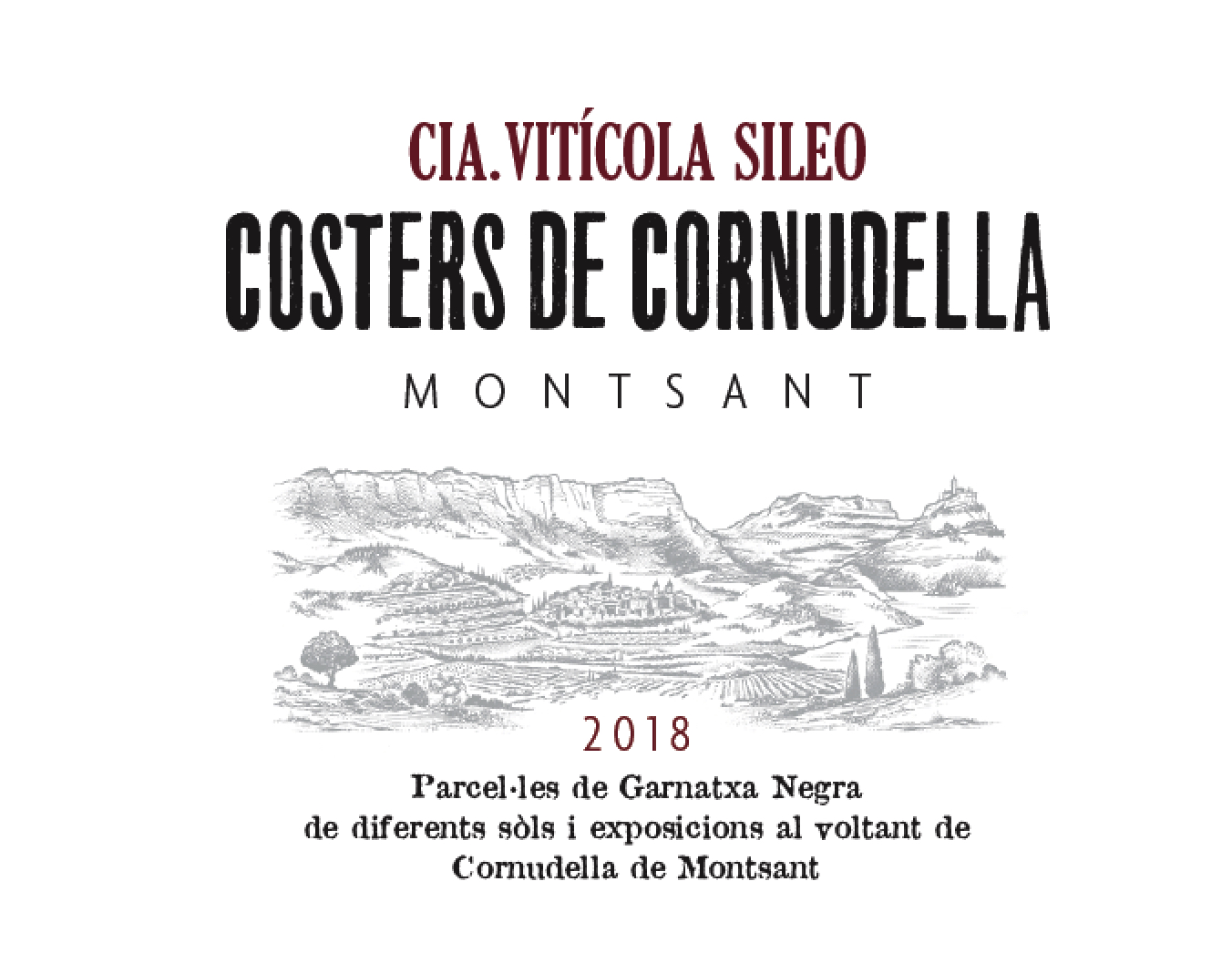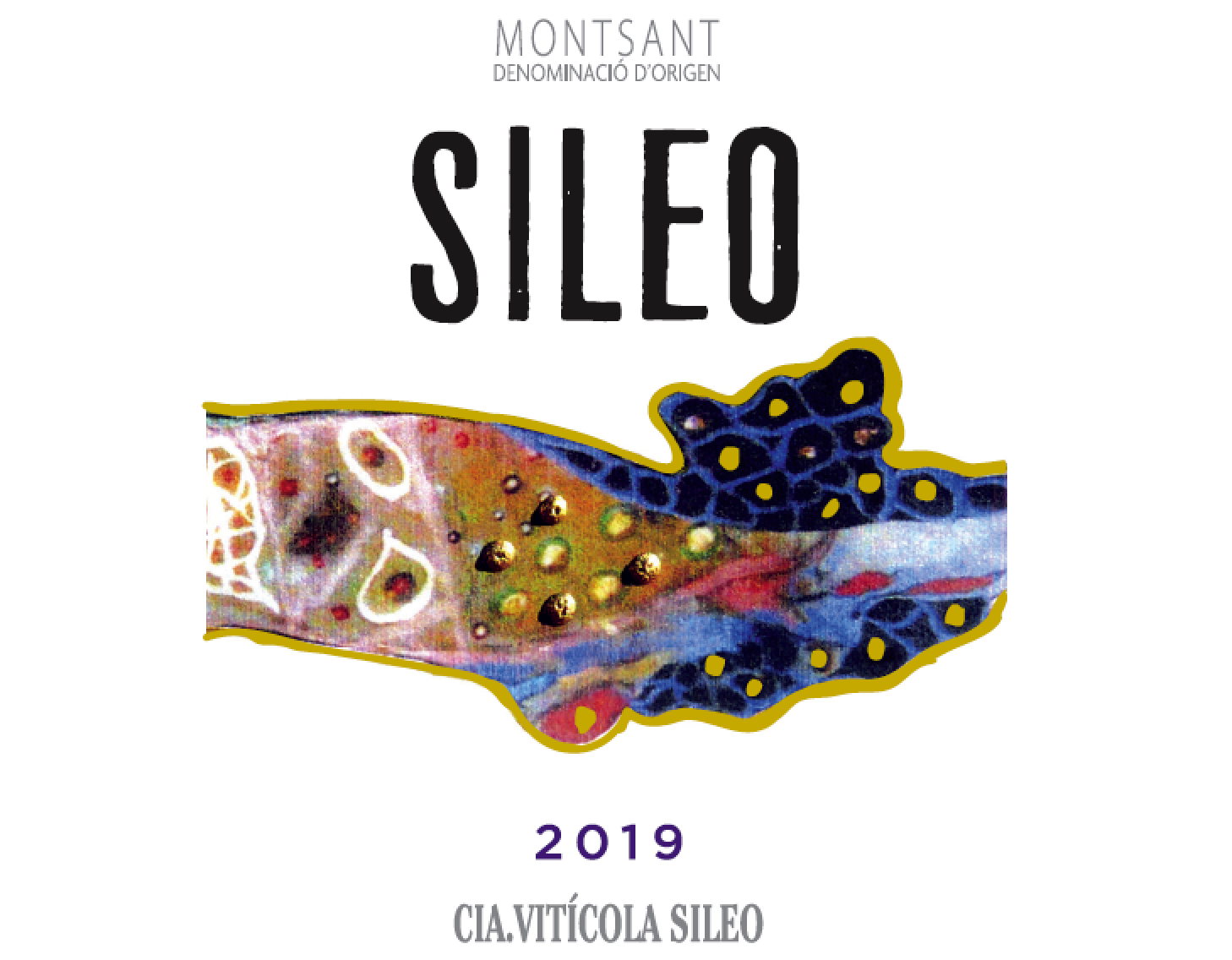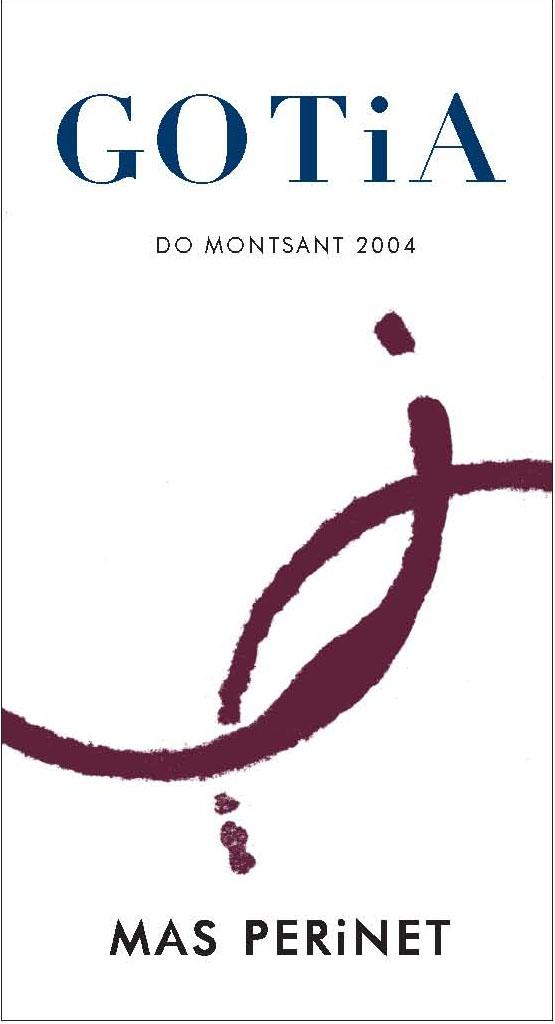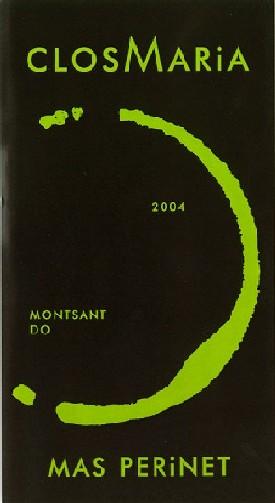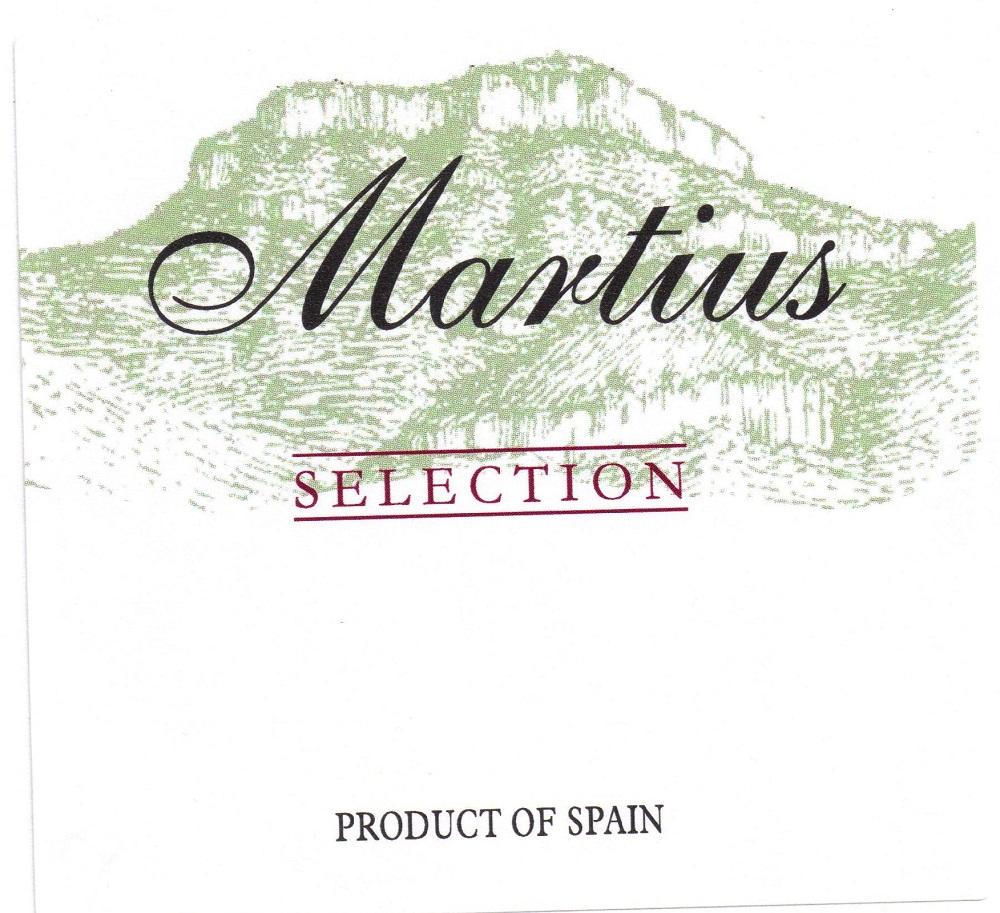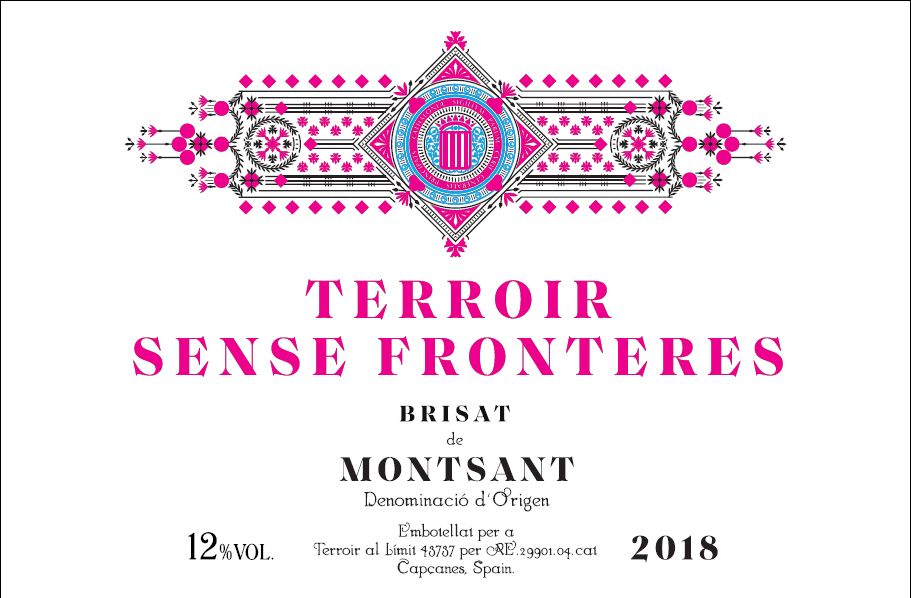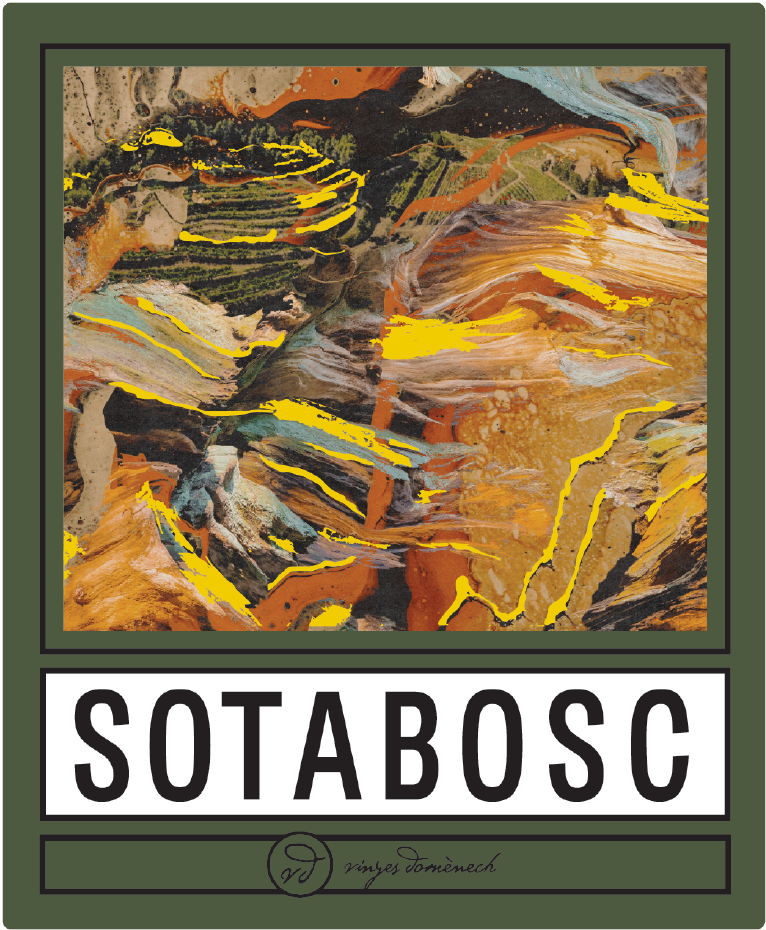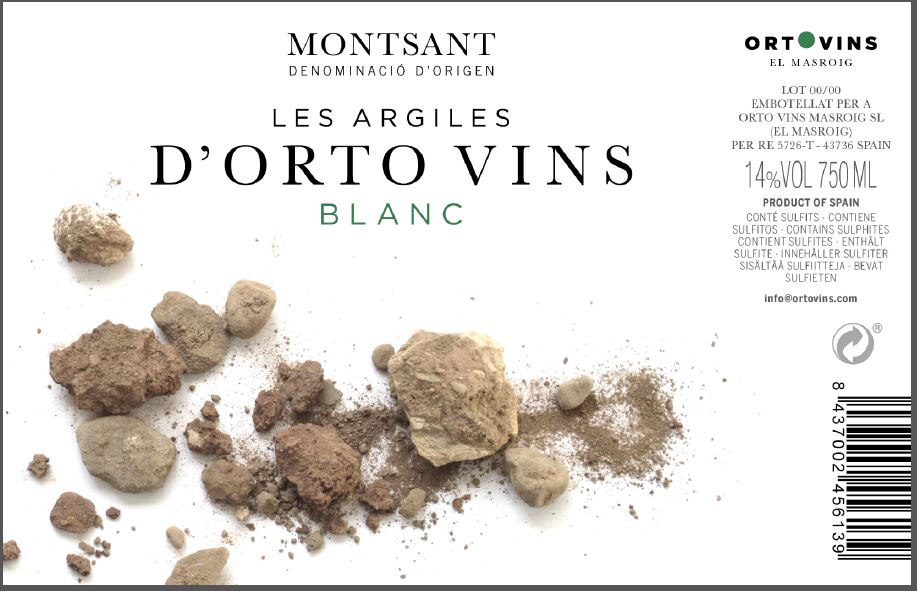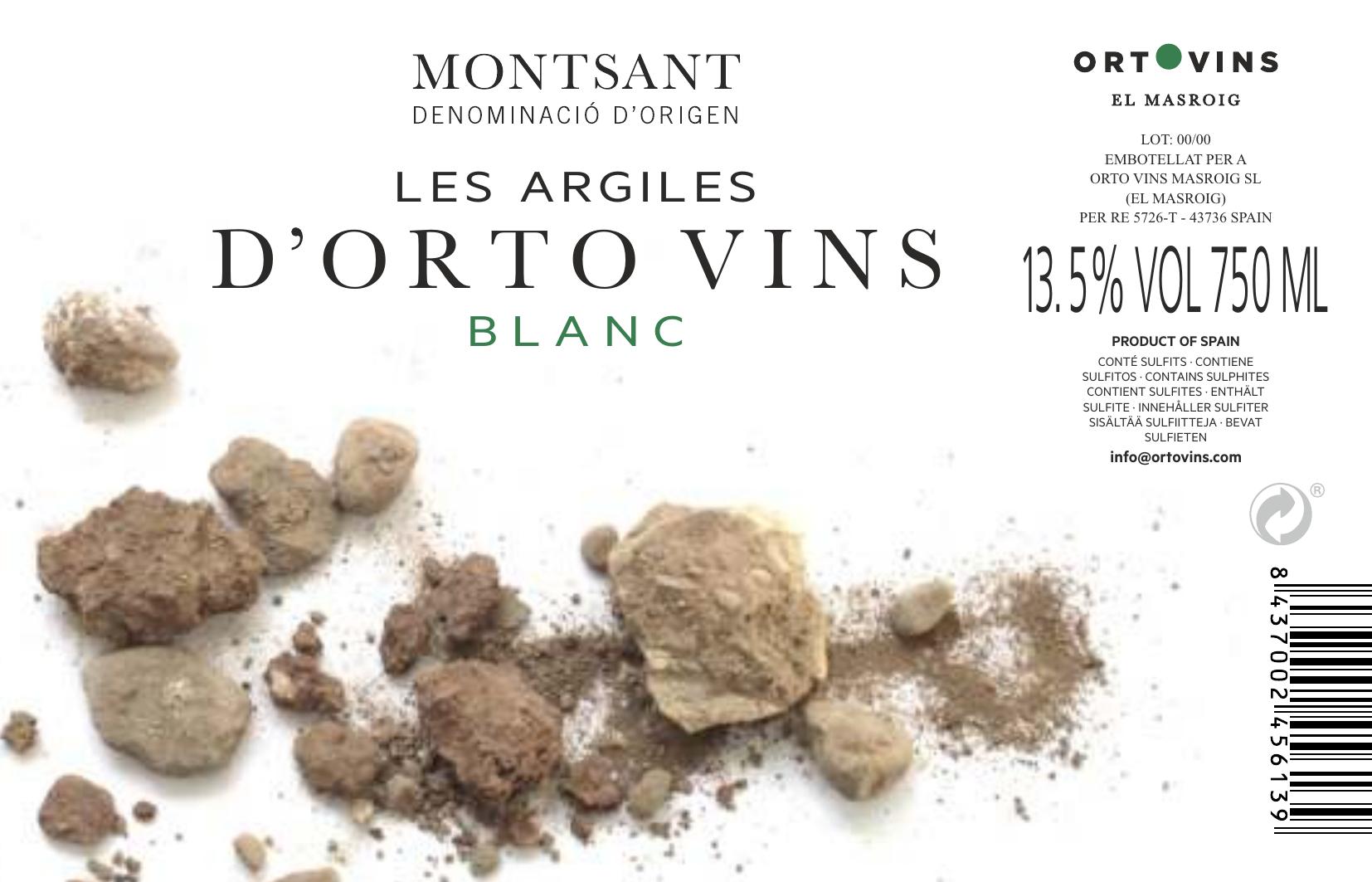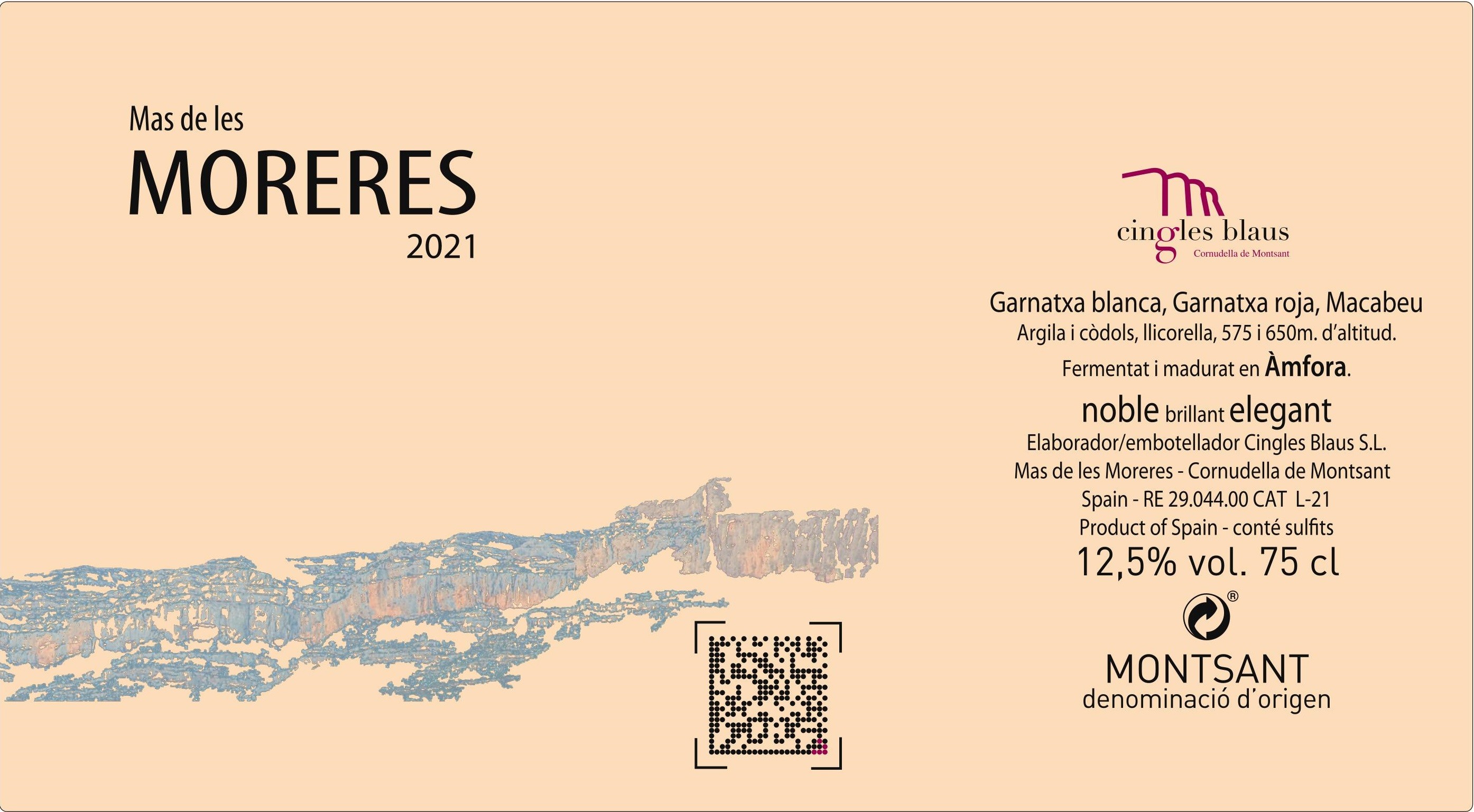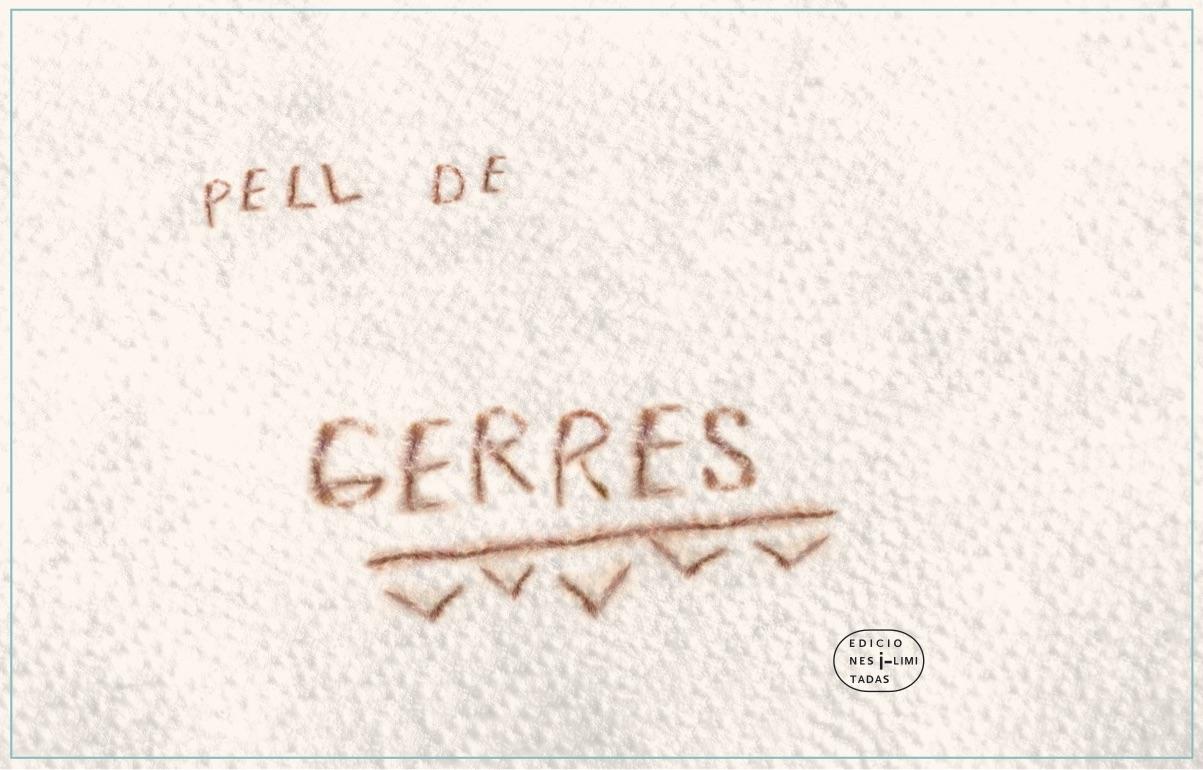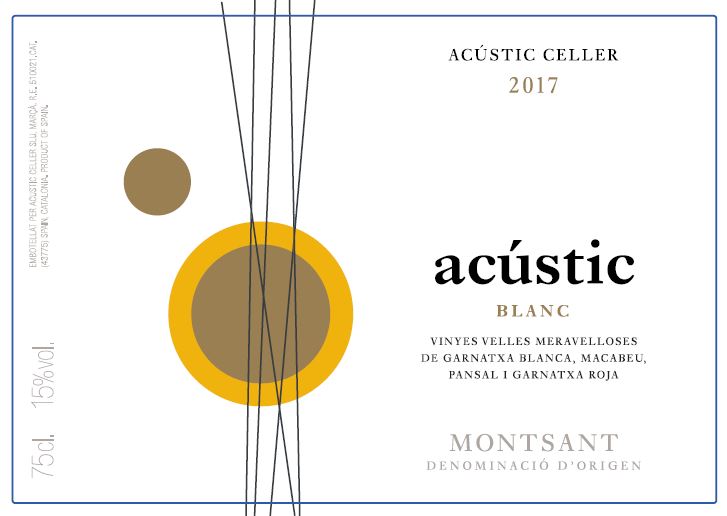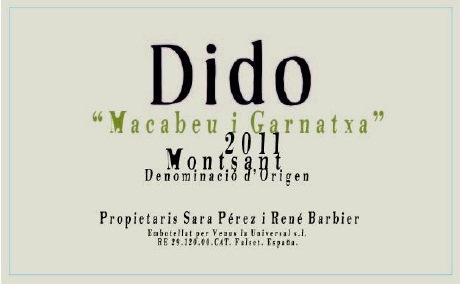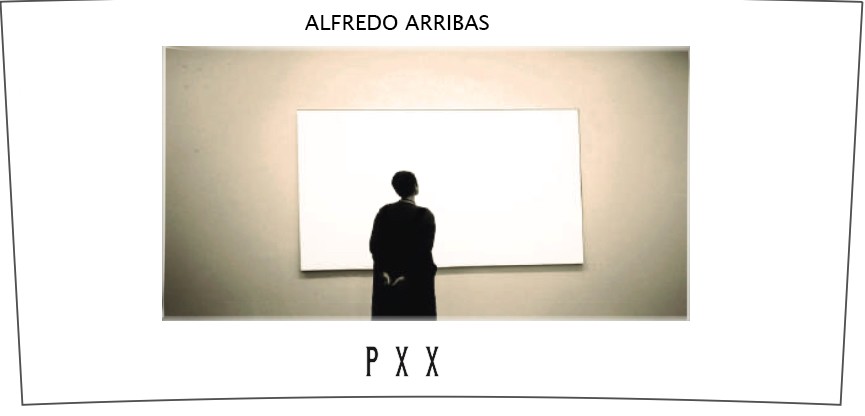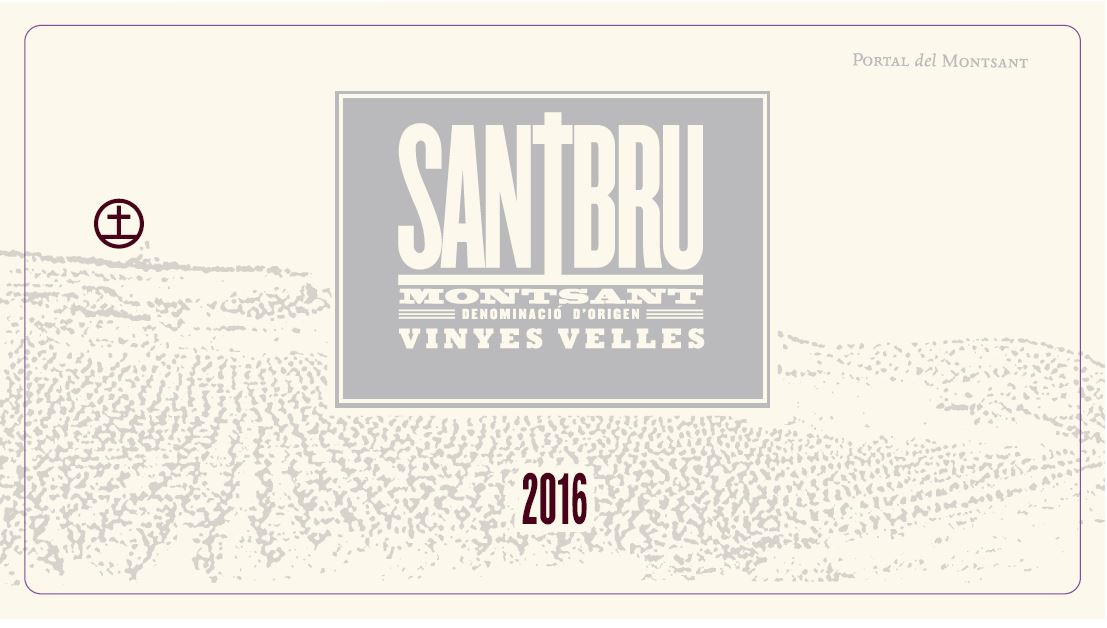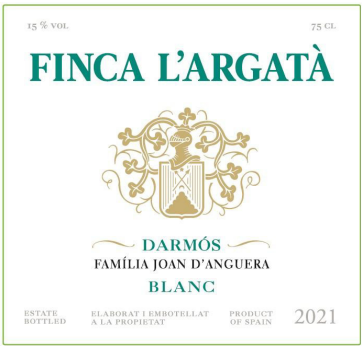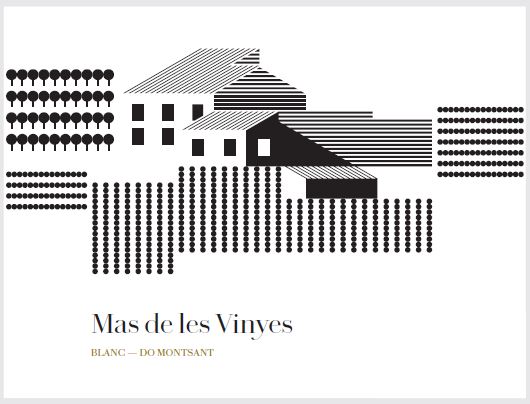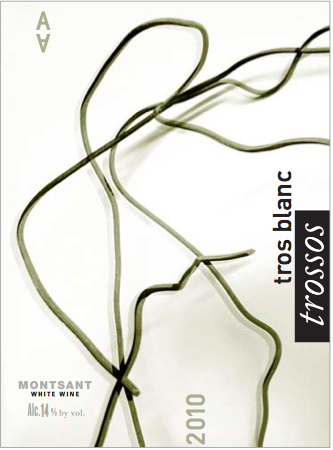Terroir of Montsant
Montsant's terroir combines varied soils and a Mediterranean climate, creating robust, terroir-driven wines. The region has hot, dry summers with temperatures peaking at 30–31°C and mild winters, with night temperatures dropping to 0–1°C. With approximately 2,600 sunshine hours annually, most of its 400–500 mm of rain falls in spring. This climate, along with cool mountain air and sea breezes, creates a diurnal temperature range of 15–20°C, helping maintain grape acidity and aromatic complexity.
The landscape features diverse soils like llicorella slate-schist, limestone, marl, and alluvial gravels. Vineyards are planted on terraces and slopes, from sea level to 700 meters, allowing slow grape ripening. This environment yields wines with ripe fruit flavors, solid structure, and a distinct regional character.
Notable Wineries in Montsant
The Montsant region, nestled in the scenic Tarragona province, boasts a selection of remarkable wineries that capture the essence of its unique terroir. Here are some exceptional producers:
-
Celler de Capçanes: Renowned cooperative known for old-vine Garnacha and Carinyena, producing an impressive range of wines.
-
Celler Masroig: Steeped in history, this cooperative excels in red wines and traditional oxidative Vi Ranci styles.
-
Venus La Universal: Esteemed for limited-production Garnacha wines, including the acclaimed Dido and Venus.
-
Can Blau: Celebrated for its refined, mineral-rich Grenache blends.
-
Orto Vins: Specializes in village and single-parcel wines from old bush vines.
These wineries exemplify Montsant's dedication to quality and innovation, showcasing the region's robust reds and diverse wine styles.
Sustainable Winemaking in Montsant
In Montsant, sustainability is at the heart of winemaking. The region’s vineyards, often perched on steep, low-nutrient soils, naturally yield fewer grapes, encouraging traditional farming methods. Many viticulturists practice dry farming, using cover crops and mulch to conserve soil moisture. Organic and biodynamic practices are prevalent, with common methods including composting and using sheep for vegetation control.
Water and energy efficiency are key priorities. Winemakers increasingly harvest rainwater, recycle process water, and adopt energy-saving technologies, with some utilizing solar power. Native yeast fermentations and minimal sulfur use highlight Montsant's unique terroir. This small-scale, hands-on approach fosters biodiversity, with vineyards surrounded by Mediterranean shrubs and woodlands supporting diverse flora and fauna.
Wine Tourism in Montsant
Montsant, a hidden gem of Catalonia, offers unique wine tourism experiences alongside its neighbors, Priorat and Tarragona. Visitors can explore the region's rich winemaking heritage, visiting co-ops and boutique wineries for guided tours and tastings. The "Wine Route of Montsant" allows for personalized exploration by car, bike, or on foot.
Beyond vineyards, Montsant is rich in cultural attractions such as the hilltop village of Siurana and Serra de Montsant Natural Park. These sites offer hiking and climbing opportunities with breathtaking views. The region's annual wine events and seasonal celebrations bring producers and visitors together for open-cellar tastings and local cuisine pairings.
Montsant stands out for its warm hospitality and authentic, relaxed vibe, offering a great value wine tourism experience compared to busier regions.



